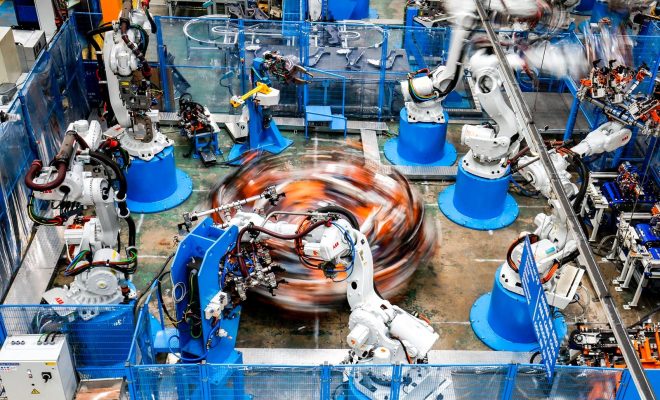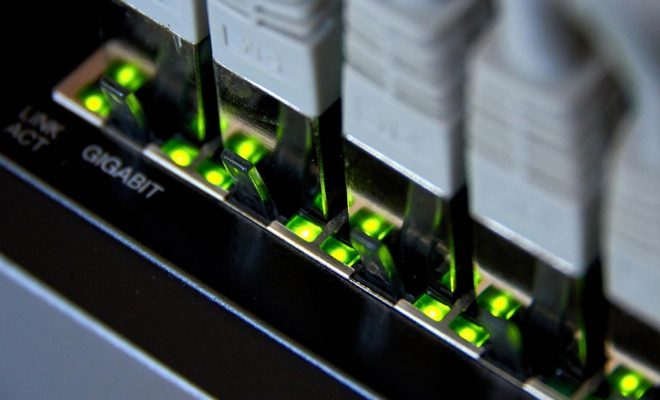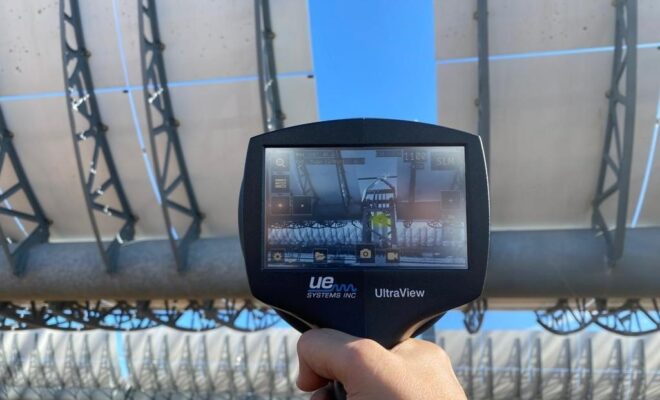Impact of Injection Molding Robots in the Plastic and Polymer industry

Injection molding is one of the most critical parts of processing in any manufacturing industry. It requires a high level of precision to result in high quality products.
Many industries have therefore invested in numerous modern ways to tackle this process. One of the most successful of them is the use of robots for the molding.
For several industries that have incorporated injection molding robots into their processing, the results have been phenomenal.
The plastic and polymer is one industry that has greatly improved due to this automation. Plastic injection molding has become much faster, easier and better quality.
In this article, we’ll look into the impact injection molding robots have had on this industry.
1. Improved quality products
During injection molding, its very hard for human operators to inject an equal amount of liquid to products each time. Once they get tired and bored, there tends to be some inconsistencies and variations in the fluid.
Subsequently, resulting in poor quality products.
Introduction of injection molding robots has thus been handy for this process. The robots can maintain a constant pressure when dosing the fluids.
As a result, you end up with products of uniform quality.
2. Better employee performance
Injection molding may seem like quite a simple process, but it actually is not. The process is not only dangerous but also tedious and repetitive. Operators working in this department, more often than not, get injured or mess up due to such reasons.
However, plastic and polymer industries that have incorporated the robots in their systems seem to deliver a different report. They say that the reports have improved their employee performance.
Reason?
The injection robots have freed the employees from their repetitive task of constantly dosing fluids into products. Moreover, the robots work with the corrosive fluids that are harmful to the worker’s health.
The employees are thus free to compete other separate tasks that are more engaging and suited to their skills.
3. Easier Product Modification
As technology advances and improves, customers’ needs and wants keep changing. The demand for products in the market changes based on style, design, quality and scarcity.
There’s therefore never a constant product that meets the market needs. You need to stay updated and I the know of what your customers want.
Injection molding robots have made it easier for the industry to modify their product to suit the market’s demand. The robots can be easily reprogrammed to complete a new movement, and thus, can work even for a new product.
As a result, their incorporation in the industries have resulted in increased competition among companies in this business.
4. Better production rates
The plastic and polymer industry is hugely relied upon by numerous other industries. From the automotive, to healthcare, to agriculture, to manufacturing.
Therefore, its quite easy for the industry to experience a high season where the market order is just too much. While some managers opt to higher more workers to complete the orders, human workers can only do so much. Moreover, its more costly.
The use of these robots has so far been the best alternative for this season.
The robots can run all day and night with minimal need for maintenance and thus, allows you to increase production. They’re also more accurate and precise and thus consistency of quality.
Needless to say, the robots are way faster than human workers and thus, you stand a better chance of meeting your orders with the machines by your side.
5. Significantly cut down costs
The injection molding robots have ensured that the cost of production is no longer expensive. They help reduce costs by reducing wastage, reducing the amount of labor needed and reducing cost of maintenance.
Conclusion
The plastic and polymer industry invest a lot in injection molding. However, what better way to invest than in injection molding robots?
Based on their application in the industry, they have proven to be revolutionary for future processes. Therefore, if you want to improve your plastic industry’s performance, injection robots should be your first priority.











